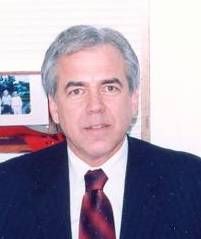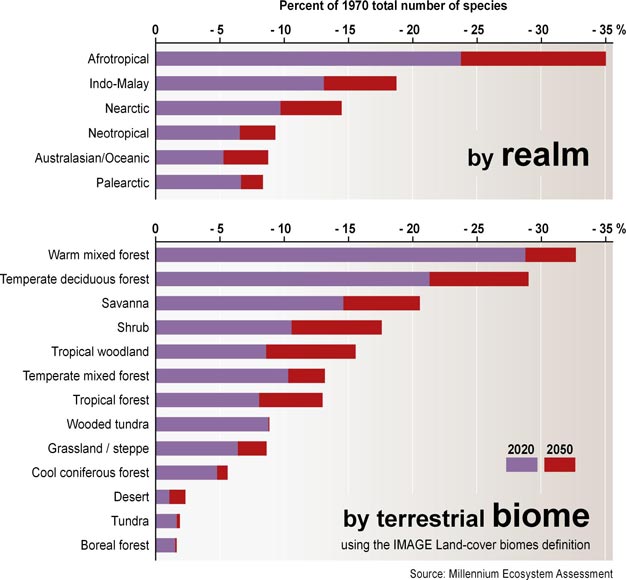
Eleanor Roosevelt with a copy
of the Universal Declaration of
Human Rights
This year the United Nations, and indeed the whole world, are celebrating the 60th anniversary of the
Universal Declaration of Human Rights.
The English Bill of Rights was passed in 1689. The French Declaration of the Rights of Man and the Citizen was adopted in 1789. The U.S. Bill of Rights was introduced as ten amendments to the Constitution in 1789 and ratified in 1791. Thus in three countries, political and civil rights were codified by the end of the 18th century. People were seen as having a right to participate in the governance of their nation, and to have natural rights that would be protected against the "divine rights" of kings and the aristocracy.
The social and economic rights of man took longer to recognize. However, with the increasing wealth of Western nations, people began to demand that all people in those nations had the rights to be free from hunger, that they shared with the rich the right to at least a basic education, and to some standard of care during their illness. In the Great Depression, the right to work, to a living wage, and to some form of social security for the young and old became evident, notably to the Government of the United States.
At the end of World War II, the United States was the world's super power militarily, economically, scientifically, culturally, and politically. The U.S. Government, serious in its concern to avoid the mistakes made after World War I, sought to establish with its allies a United Nations that would help to keep the peace. The United Nations would succeed where the League of Nations had failed. As the Bill of Rights was a needed complement to the U.S. Constitution, so the Universal Declaration of Human Rights would be a complement to the Charter of the United Nations.
The existence of the Universal Declaration is due in large part to the determination of non-governmental organizations (along with a number of smaller countries, particularly those from Latin America). A Pan-American conference held in Mexico City in February and March of 1945 consolidated Latin American determination to see human rights included in the UN Charter. Over 1,300 American non-governmental organizations joined together in placing newspaper ads calling for human rights to be an integral part of any future international organization. Individually and collectively, these advocates demanded that the United Nations Charter include a clear and substantive commitment to human rights.
Based on the recommendations of a commission chaired by Eleanor Roosevelt, the UN’s Economic and Social Council established the official UN Commission on Human Rights in June 1946. The Council selected eighteen members to sit on the Human Rights Commission. U.S. Delegate Eleanor Roosevelt was elected Chairperson. Her role was crucial. Not only was she the widow of Franklin Delano Roosevelt, credited with leading the United States out of the Depression and to victory in World War II -- with enormous prestige among the allied nations -- but she had acted often for him due to his disability and in her own right in the defense of human rights. Moreover, she was an exceptionally capable leader in bringing people with divergent views together to agree on that which they could share.
A number of organizations prepared inputs to the process of writing the Declaration. UNESCO, specifically, was asked to examine whether there were in fact universally recognized human rights. Were human rights recognized only in the traditions of Western culture, or were they also recognized in Asian, African, and Middle Eastern cultures. Indeed, there was a great divide among those who felt that there were natural rights established at the creation of man, and those who felt that rights accumulated through a historical process and that the rights of man in the late 1940's differed from those of the past, and from those that would be recognized in the future.
UNESCO created a distinguished committee in 1947 to consider the matter. They in turn invited intellectual leaders from all over the world to provide inputs describing human rights, and indicating the sources of those rights in the traditions of their own cultures. The committee sent forward a report to the United Nations setting forth the grounds for the Declaration, a report which was quite influential in the final creation of the Universal Declaration. Importantly, the committee recognized that people everywhere recognized a right to life and dignity, certain freedoms, and aspirations for rights to at least a minimum standard of life. Even when people could not agree on the philosophical basis from which those rights were derived, they agreed that those rights did exist and should be recognized by nations.

A book was published from the committee's work titled
Human Rights: Comments and Interpretations: A Symposium Edited by UNESCO. The book included an introduction by Jacques Maritain, and included contributions by Mahatma Gandhi, Harold Laski, Pierre Teilhard de Chardin, Chung-Shu Lo, Aldous Huxley, and Ralph Gerard. It illustrated the power of UNESCO which could provide a forum for intellectual leaders from different continents and traditions to discuss intellectual issues of global importance, and find ways to reach agreement.
Maritain, who headed the French delegation to the Second General Conference of UNESCO, in his introduction to the book, wrote looking back at his speech to the General Conference:
"How", I asked, "can we imagine an agreement of minds between men who are gathered together precisely in order to accomplish a common intellectual task, men who come from different cultures and civilizations, but are of antagonistic spiritual associations and schools of thought...? Because, as I said at the beginning of my speech, the goal of UNESCO is a practical goal, agreement between minds can be reached spontaneously, not on the basis of common speculative ideas, but on common practical ideas, not on the affirmation of one and the same conception of the world, of man and of knowledge, but on the affirmation of a single body of beliefs for guidance in action. No doubt this is little enough but it is the last resort of intellectual agreement. It is, nevertheless, enough for a great task to be undertaken, and it would do much to crystallize this body of common practical convictions.
UNESCO continues to include human rights actions as a central part of its concerns, including through its:





















